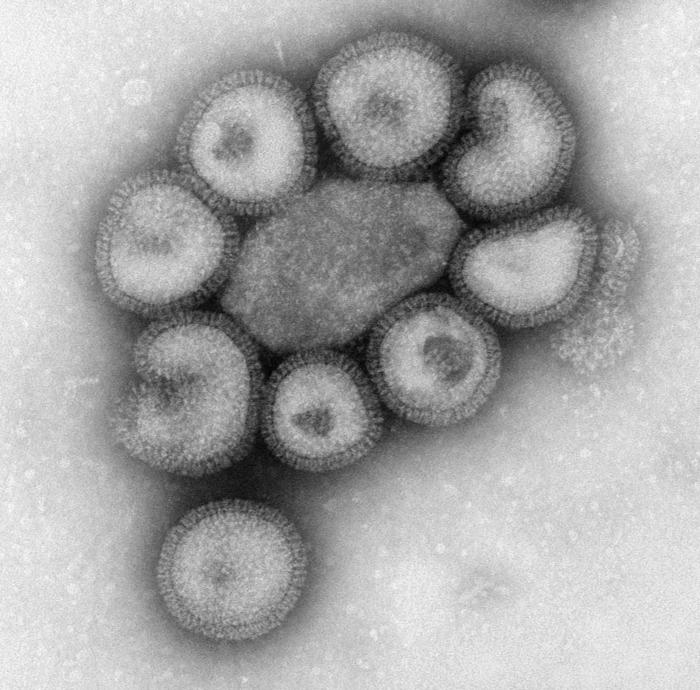Researchers in Buenos Aires and Nashville have come one step closer to finding out why it is that those members of a population who should be the fittest (i.e. young and middle-aged adults) are the most likely to die during a pandemic flu outbreak.
The most recent bout of flu to receive media attention was in 2009 with H1N1 or swine flu. It killed 17,000 people worldwide during its peak. Fernando Polack and colleagues found that the elderly were spared the worst of this outbreak and that the very young suffered a much milder form of the disease than the adults. They suggest that the killer of these young and middle-aged adults was their own immune system.
 Publishing in Nature Letters, the researchers took sections of the lungs of victims of the 2009 pandemic and found that their lung tissues were inflamed, heavily damaged, had traces of H1N1 but had huge amounts of the biomarker C4d. C4d is a by-product of the body's immune response, so it's a good indicator of how vigorously your body is fighting an infection.
Publishing in Nature Letters, the researchers took sections of the lungs of victims of the 2009 pandemic and found that their lung tissues were inflamed, heavily damaged, had traces of H1N1 but had huge amounts of the biomarker C4d. C4d is a by-product of the body's immune response, so it's a good indicator of how vigorously your body is fighting an infection.
The researchers also looked through some lung sections from victims of a previous H1N1 pandemic in 1957. From these aged samples they again found evidence of a strong immune response. What they think is happening is that the immune system in these individuals mounts a response based upon its knowledge of bog-standard seasonal flu. This immune response is ineffective against H1N1 but it is vigorous and so it ends up killing the patient.
The researchers hypothesise that the elderly escape because they were exposed to the previous pandemic, in 1957. And they think that the young escape because their immune systems haven't been trained by 'ordinary', seasonal flu. So the next step is to find out who has the immune system which is most likely to overreact to pandemic flu and the authors think genetic testing will be key.










Comments
Add a comment